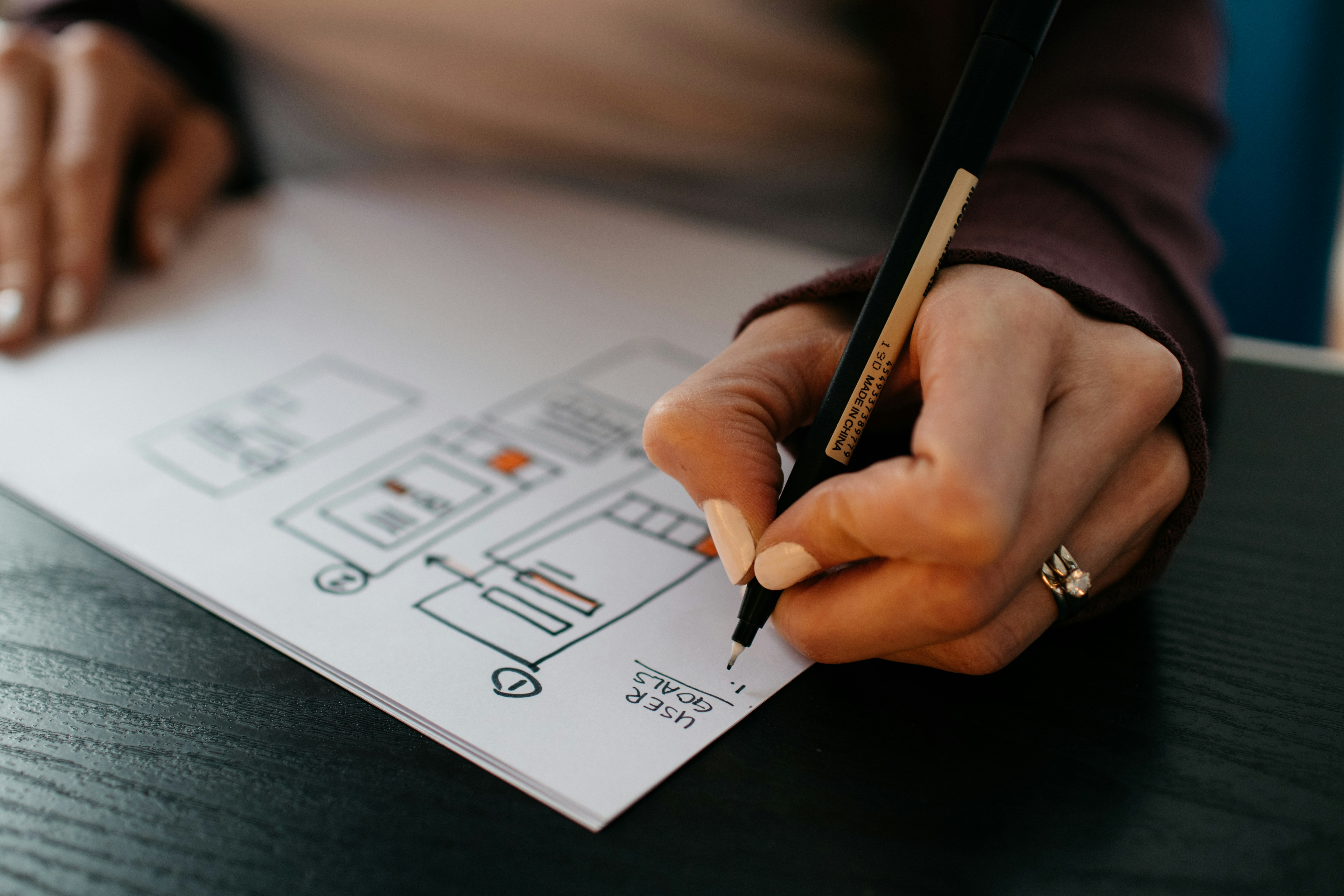Geonardo, in conjunction with its partners Centre for Process Innovation Ltd., the French National Centre for Scientific Research and GAP Waste Management, presented the PlasCarb project with an exhibition stand at the 7th International Conference on Advanced Nanomaterials (ANM2016) on 25-27 July 2016 in Aveiro, Portugal.

Funded under the Seventh Framework Programme (FP7) of the EU, the three-year PlasCarb project has aimed to transform biogas generated by anaerobic digestion of food waste using an innovative low energy microwave plasma process to split biogas (methane) into high value graphitic carbon and renewable hydrogen (RH2). As the project will conclude in November 2016, the consortium partners can look back on a wide range of activities as well as results achieved which have been presented at this conference.
Over the three days of the conference PlasCarb's partners provided the visitors with a wealth of informative and interactive materials, personal discussions as well as two oral conference presentations about its ongoing research ventures.
Visitors had the chance to receive first-hand information about PlasCarb, its progress and results to date, not only through slide shows and the information fact sheets, but also through personal discussions with our experts.
Moreover, a variety of exhibition samples from PlasCarb's products were presented.
Renewable PlasCarbon (RPC) is one of these products, generated by the PlasCarb technology through the cleavage of biogas which originates from food waste. RPC is produced from a renewable resource (waste) and has the potential to compete against conventional carbon products from fossil origin and is now being tested in a range of industrial applications.
The exhibition samples, with RPC as the basis for materials like conductive inks, rubber, or filaments for 3D printing, arrived freshly from the scientific laboratories of the PlasCarb partners CNRS, FR and Abalonyx, NO. Interested visitors had the chance to investigate the samples directly at the PlasCarb booth and observe the outstanding properties of RPC.

For instance, visitors probed pens containing conductive ink from RPC. Any hand-writing or -drawing could be tested on electric conductivity by simply applying a voltage on either end of the drawn line. The conductivity of the ink became apparent through visualization on the display of a multi-meter.
With these and other illustrations at the PlasCarb booth, the consortium partners highlighted the results and achievements of the project. At the same time, they sought to establish contacts for potential future collaboration with interested people to follow up research and development as well as commercialisation of the PlasCarb technology.
As a next step, the project partners are looking forward to introducing PlasCarb to the industrial resource efficiency and waste management sector with a stand at the upcoming RWM event during 13-15 September in Birmingham, UK.





